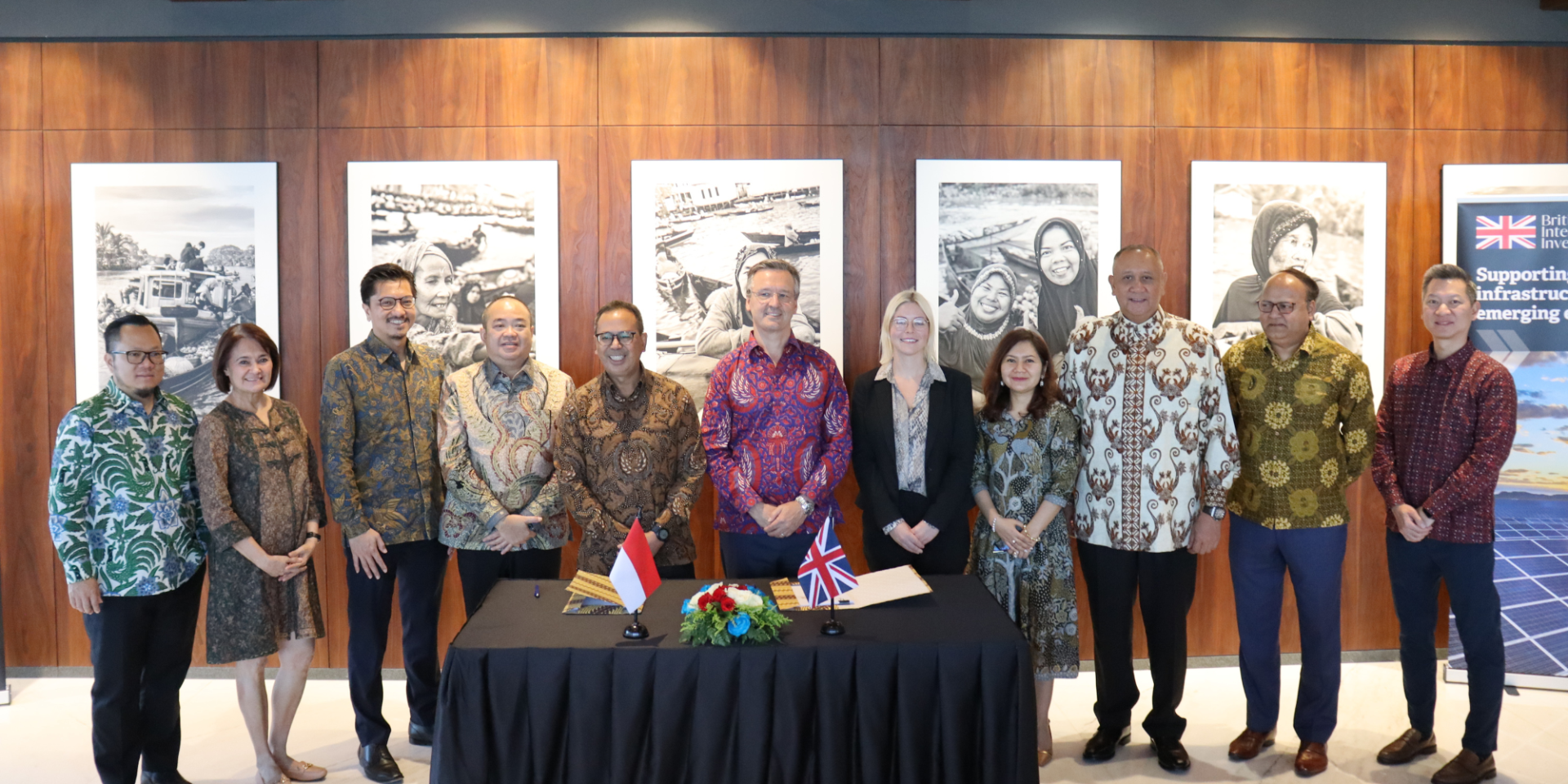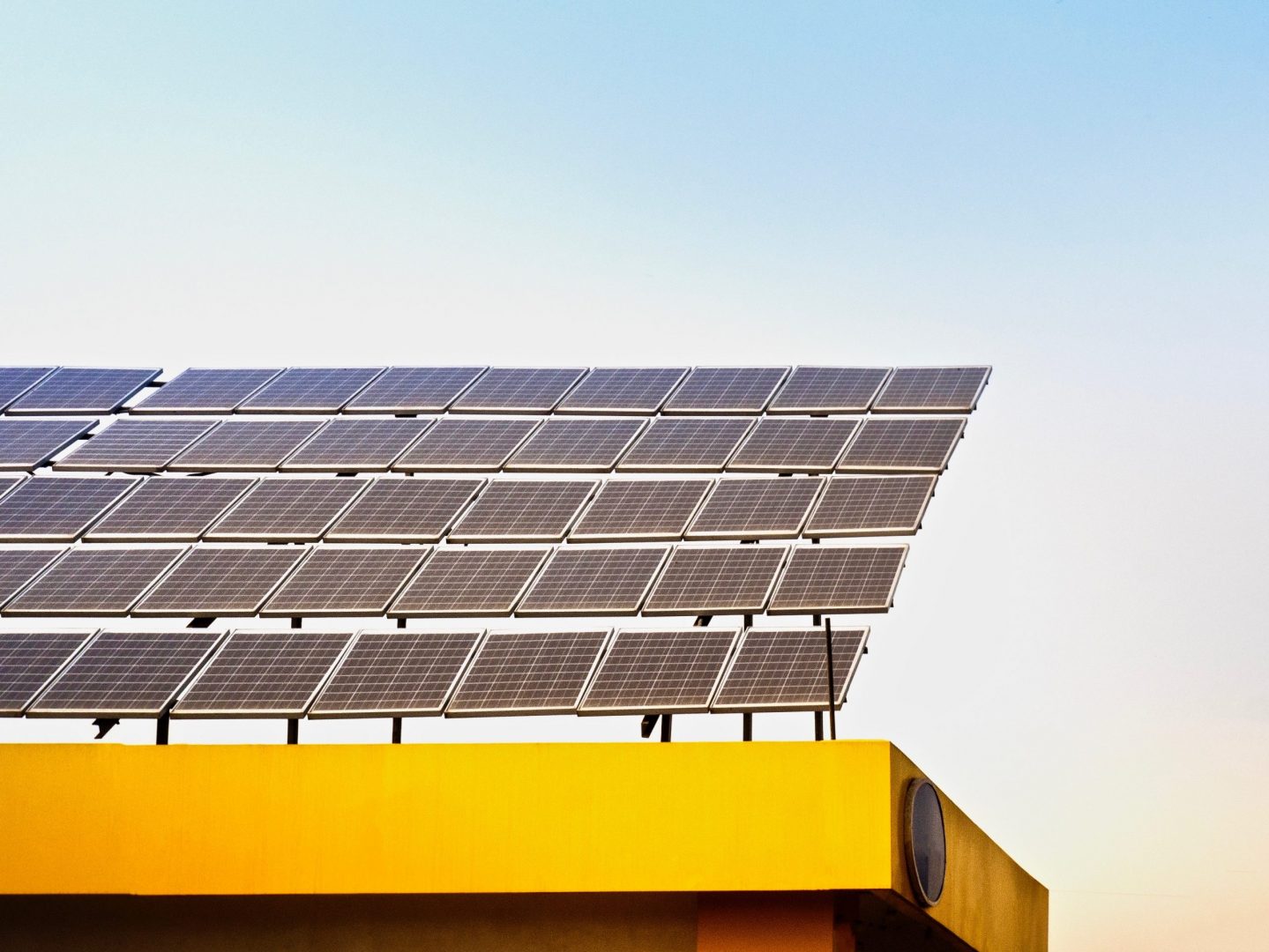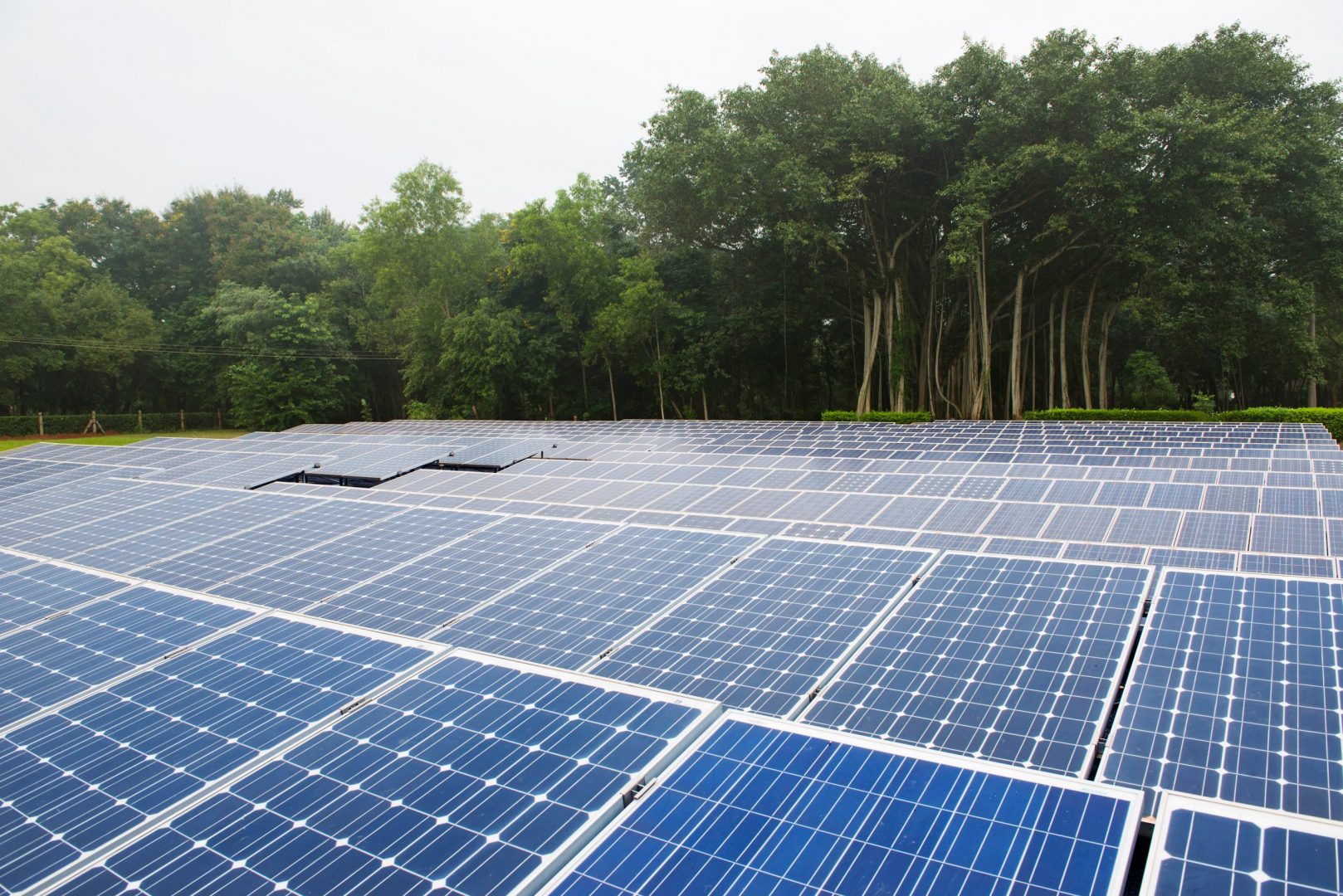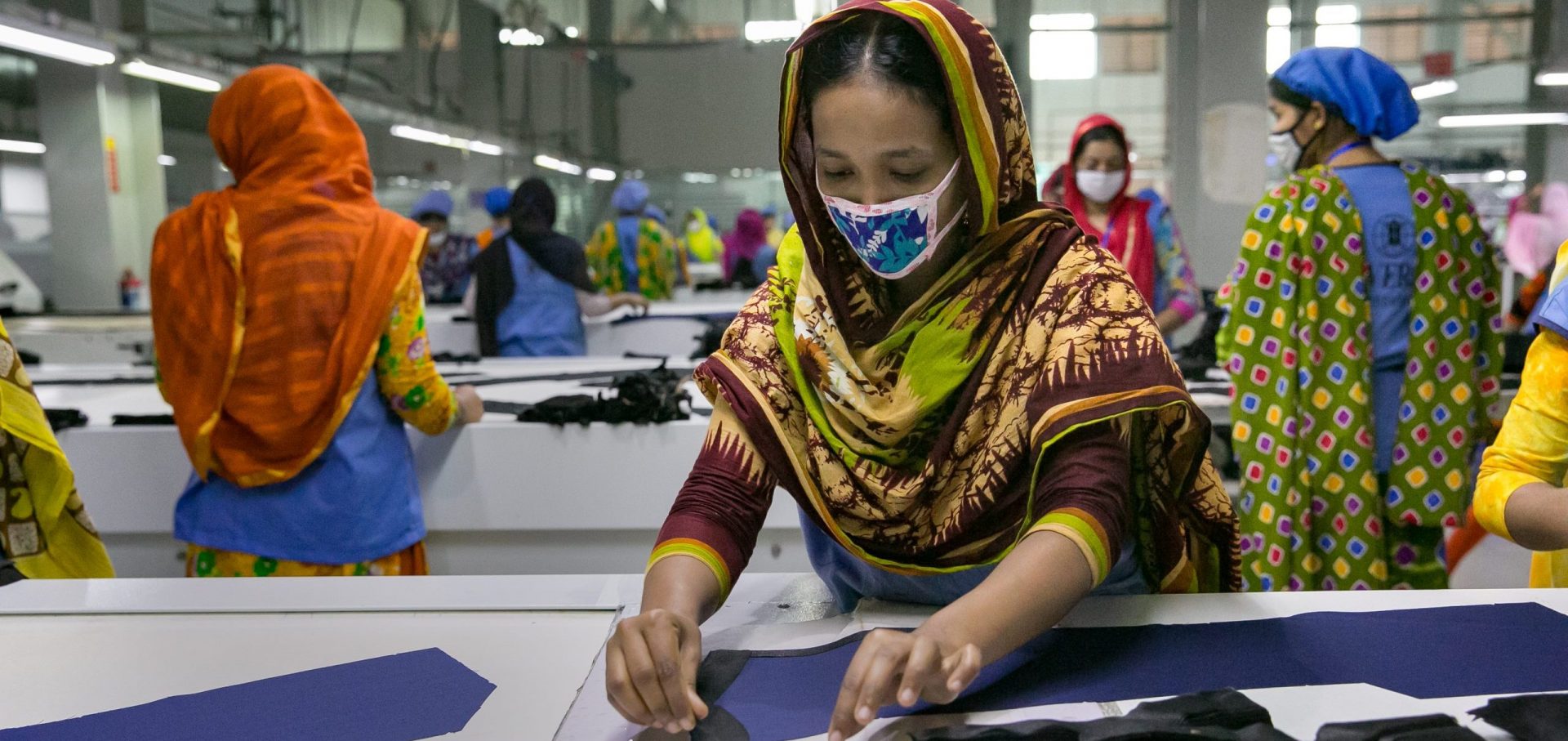This is the first of a two-part blog about what high interest rates mean for development finance – the second part looks at whether projects can be structured so that high nominal interest rates are less of a problem.
Even before the current round of monetary tightening and worsening debt sustainability sent interest rates higher, many low- and middle-income countries faced high real borrowing costs.
High real interest rates are not helpful when you are supposed to be investing billions to meet sustainable development objectives. If we want developing countries to sharply increase investment in renewables to retire coal power plants early, for example, then we should want to reduce their financing costs.
High rates are bad news for governments, but they also matter for private finance. If you want to attract private finance, the cost of capital in infrastructure projects is tightly tied to sovereign borrowing rates because the sovereign is often the financial backer of contractual obligations.
Reducing sovereign rates is beyond the powers of DFIs and impact investors – that is the realm of governments and the big international finance institutions. This blog is about what might be done, taking sovereign rates as given.
Private rates are tied to the sovereign, but it is not a hard cap. The “sovereign ceiling” on credit ratings can be broken when private lenders perceive the risks to be meaningfully lower than those faced by sovereign debt investors, perhaps when the tools of blended finance have been used to influence the risk-return profile. Do rising global real interest rates strengthen the case for subsidising private investment?
Higher rates create more room – and perhaps more need — for DFIs to offer concessional finance, at least whilst their nominal financial targets remain unchanged. BII is asked to keep its weighted average financial return above 2% – that’s a floor not a target, but in theory it allows us to deviate from market pricing, whilst staying within our financial parameters. DFIs are asked to mobilize private investors and that often involves investing on the same terms as them (for example in syndicated loans), in which case pricing will rise with the market. But DFIs can also take different positions in the capital structure and can confer a subsidy on other investors. The most often cited instruments to do that are probably guarantees, where donors or DFIs can offer protection against risks without charging commensurate fees, but simpler methods such as putting more equity or more risk-bearing forms of debt into the capital structure with modest return requirements can also reduce the cost of senior debt. Stretching out repayments over a longer period by offering long-tenor loans can also significantly reduce tariffs.
However, DFIs can have an ambivalent attitude towards subsidies – it is common to hear complaints about how it is difficult to win an infrastructure bid in some markets without being part of a consortium with access to concessional money. Some power auctions, where the winner has access to subsidies, are said to be setting price benchmarks that others cannot match (not everyone agrees). One of the principles DFIs adhere to when allocating blended finance is commercial sustainability. Subsidies can be used to help markets reach commercial sustainability more quickly, they should not be used to prevent it. Economists warn against “distorting markets” – a phrase that probably confuses as much as it clarifies, because it’s not obvious to most why an ‘undistorted’ market is desirable – but in this case the argument is simple: if we want to see investments in renewable energy, and in other varieties of infrastructure required for sustainable investment, at the scale required to meet development goals then it will need the private sector to jump in with both feet and not hang about waiting to collaborate with DFIs to gain access subsidies. We do not want the volume of investment to be constrained by the capacities of DFIs – both their human and financial resources. More competitive private sector activity should also help drive innovation and cost reductions.
On the other hand, the case for subsidising green investments is hard to resist, and it is only getting stronger as the urgency of decarbonising the economy increases. How can we increase subsidies for green investments in a way that does not distort the market and can be implemented at scale?
One solution could be the creation of an organization, or evolution of an existing one, to allocate subsidies in a different way. It would need enough financial firepower to flood its target markets and make open offers of predetermined green subsidies to any and all developers, public or private.[1] For example, a climate fund could announce that anyone building grid-scale energy storage in a low- or middle-income country is eligible for a set grant per megawatt of storage capacity.[2] Or a dollar payment per kilometre of transmission line built. Subsidies allocated in this way would not distort the market, because they would be available to all on equal terms to all. They should be targeted at activities where the social returns on investment are highest – today that could be grid scale energy storage and transmission, tomorrow it might be green industry and transportation. The downside of such a mechanism is that you lose the ability to tailor subsidy to circumstance – a flat offer will sometimes be too large or too small (in contrast to an auction, which can minimise the subsidy). The upsides are transparency and simplicity.
It would be wrong to suggest that blended finance is always allocated through favoured partners. Tender processes can be designed so that any concessional element is available to all, and some are. It would be great to get a clearer view of how concessional finance is allocated, globally. As far as I know the big climate funds, such as the Green Climate Fund, mostly works with the private sector on a demand-led deal-by-deal basis. The IDA private sector window can now offer concessional finance on the same terms to all bidders in IFC’s “scaling solar” program, which is a step in the right direction. I would welcome information from any readers who know more about this than me.
Subsidy allocation could also benefit from a more proactive and coordinated approach that keeps on top of every country’s energy sector investment plan and arranges interventions to tip the scales towards green solutions.[3]
If open offers of green subsidies of the sort I suggest were available, that could be as simple as ensuring they are used. If not, it would mean coordinating different sources of blended finance. The big Just Energy Transition Partnerships agreed for South Africa and Indonesia offer another potential way forward, if they could be replicated in more countries, but it is not yet clear how subsidies for green technology were allocated within the overall South African package of $8.5bn, for example.
If we want to accelerate the investments needed to decarbonise the world economy, then we want to counteract the effect of rising real interest rates for governments and firms and we want to change the prices that countries face, to make greener technologies are cheaper. Tighter global environmental regulation would be ideal, but we will also need more concessional green finance to accelerate decarbonisation. But its allocation must be improved. The current patchwork of climate funds and DFIs is hamstrung by a fragmented project-by-project approach, and reluctance to distort markets.
[1] I am going to duck the question of where the money should come from. Whether Official Development Assistance should be used for climate mitigation is a long-standing debate – it would entail taking money from a pot earmarked for poverty reduction to help upper middle-income countries invest in economic infrastructure. UK government policy is that it should be. Adair Turner has suggested that rich countries could raise funds by imposing a border tax on carbon emissions embodied in imports, which could be transferred to help developing countries finance their transition to a zero-carbon economy.
[2] Because renewables are now cheaper than fossils for must purposes other than providing 24 hour baseload and backup, subsidies for energy storage and long distance transmission are likely to be especially important.
[3] The 2022 State of Blended Finance report identifies a lack of coordination as the greatest problem.










